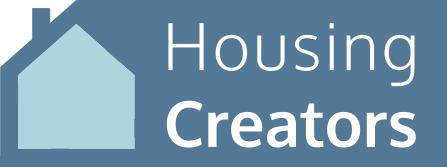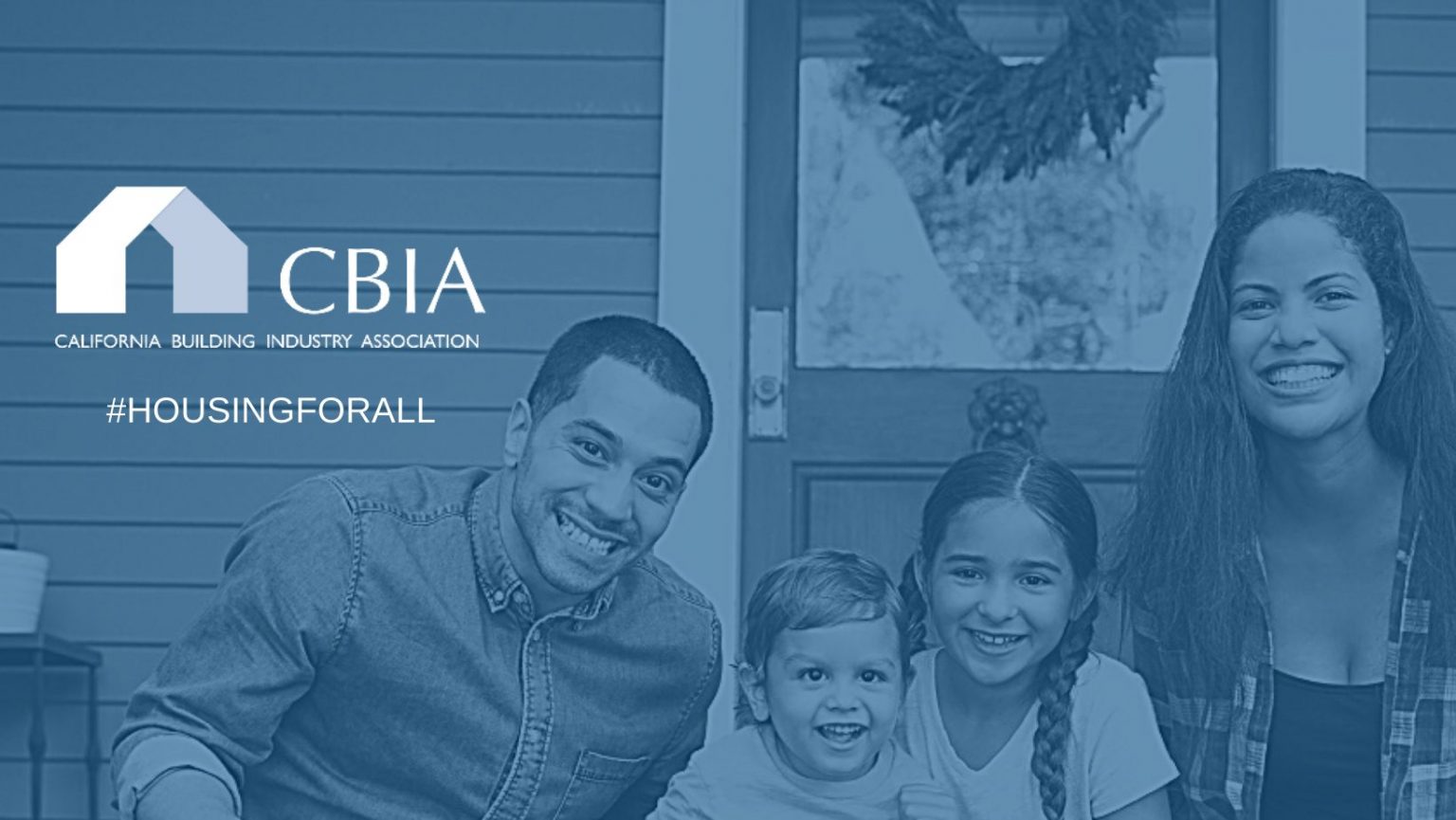The California Building Industry Association has released our fifth annual installment of Housing Killers and Creators, a list of bills moving through the California legislative process that, if approved, would impact California’s housing crisis.
Bills on the Housing Killers list would make the housing crisis worse by increasing cost, time, and hurdles to build homes in the state.
Bills on the Housing Creators list reduce barriers to home construction or help address the need for more houses in California.
The purpose of CBIA’s Housing Killers and Housing Creators list is to highlight legislative efforts related to California’s housing crisis that should be dropped, improved, or championed.

Opens the door to an avalanche of new regulation, which, in turn, will place new burdens on housing development and ultimately will render some new projects infeasible. SB 12 is a bureaucratic overreach which would give the Office of Planning and Research excessive control over the state’s decision-making process with regard to planning for future housing needs.
A more troubling aspect of SB 12 is the impact that it will have on projects that have already been approved or are in the pipeline. The ambiguous, inconsistent, and redundant standards the bill would impose necessitate making improvements to land the developer does not own or control and may not be able to obtain permits or the permission of the other property owners to manage vegetation and provide sufficient access to the parcel. These requirements will apply to every level of approval up to and including individual building permits.
Prohibits any residential or commercial construction in either Very High Fire Severity Zones or a State Responsibility Area, which effectively bans development activity in one-third of the state of California and will exacerbate the existing housing crisis.
We need to balance our responses to wildfires and the housing crisis through mitigation instead of banning construction. CBIA will continue to strongly support efforts that focus on fire hardening of structures, the on-going maintenance of defensible space, and forest management.
Due to CBIA’s opposition and the coalition we assembled, this is now a two-year bill.
SB 261 would task the California Air Resources Board with devising new GHG emission reduction targets for the automobile and light truck sector as well as adding VMT reduction targets to the requirements for sustainable communities’ strategy (SCS) plans as prepared by the state’s metropolitan planning organizations.
This makes it more difficult and costly to build housing in California because the mandates contained in SB 261 will make successful implementation of SB 375 (chapter 728 of 2008) significantly less achievable and make the already planned-for 2035 greenhouse gas reductions much harder to accomplish. Furthermore, the bill’s vehicle miles traveled component can and will be used to cause major disruptions in the housing supply chain. Due to CBIA’s opposition, this is now a two-year bill.
Creates a new right of action against general contractors for liabilities they did not cause and imposes punitive damages in excess of 15 times actual damages. This will put homebuilders and other general contractors in the position of paying many times over for the same work and fails to hold bad actors responsible who do not pay their own employees. This overly punitive and redundant penalties will add unnecessary costs that will exacerbate the current housing crisis.
Places a requirement on all municipalities to require that all new development and redevelopment treat urban discharges to drinking water standards prior to discharge; and requires that the HOA perform/cause to be performed the required monitoring. This will add significant cost to home construction projects, reducing affordable housing and increasing HOA fees. Costs to comply with the bill could easily add tens of thousands of dollars per lot for a new housing project.
This has been converted to a two-year bill.
After January 1, 2022, AB 1295 would prohibit the legislative body of a city or county from entering into a residential development agreement for property located in a very high fire risk area. It exacerbates the housing crisis by prohibiting the use of development agreements for residential developments in undeveloped areas despite designing and building needed housing to fire-safe and fire-proven requirements. Due to CBIA’s opposition, this is now a two-year bill.

This bill would bring some consistency and transparency to residential fire sprinkler costs, and ultimately, assist in helping to reduce housing costs. Fire Marshals across the state are seeing very broad and disproportionate fee schedules when it came to residential fire sprinklers and what jurisdictions were charging. Data collected from jurisdictions across the state showed that residential fire sprinkler hook-ups could range in cost from $3,000 per house up to $60,000+. In addition, there were significant inconsistencies in maintenance cost and in the required size of the sprinkler piping.
Fees and costs associated with the construction of affordable units are often passed along to buyers in the form of higher home prices or can increase the amount of subsidy needed to build affordable housing units. Prohibits imposing a housing affordability fee on deed restricted affordable units, as they are intended to be affordable to low – very low- and moderate-income families. It makes no sense to disincentivize the construction of deed restricted affordable units within a density bonus application as we seek to encourage the maximum set aside possible within every application for a density bonus.
Addresses California’s housing shortage by reforming Impact Fees. The bill would standardize the process and procedural requirements, require nexus studies to conform with certain standards and best practices, and limit fees to existing levels of service and direct impacts. AB 602 will add new requirements to impact fee nexus studies, requires the California Department of Housing and Community Development to develop a nexus study template, and cities and counties to request certain information from developers.
Establishes a Legislative Task Force to consider and evaluate impediments to home ownership in the state and develop a final report no later than October 31, 2022 that includes recommendations to increase home ownership for all Californians.
This bill has been converted to a two-year bill.
SB 8 is the extension of SB 330, which since its implementation in January of 2020, has helped expedite and facilitate affordable and market-rate construction. SB 8 will increase certainty and accountability to spur housing production in California. SB 8 allows the success of SB 330 to continue for five additional years by extending SB 330’s provisions until 2030. The bill also adds clarifying language to ensure that the bill’s original intent of streamlining the production of housing that meets a local jurisdiction’s existing zoning and other rules is met.
- Will the bill constrain or increase housing production and supply?
- Will it increase or decrease the cost to build houses?
- Will it make housing even more expensive or less expensive for Californians?
- Will it make any of the processes associated with homebuilding such as the entitlement, approval, or permitting processes more complicated, difficult, and lengthy or less complicated, difficult, or lengthy?
- Does it discourage or encourage homeownership?
- Does it increase or decrease regulatory barriers?
- Will it encourage or discourage unnecessary lawsuits aimed at new home construction?
- Does the bill balance the housing crisis unfairly on the backs of a few versus a more egalitarian distribution or equally serve all Californians buying their first home?
What the COVID-19 crisis has shown is that the greatest threat to housing production continues to be the extreme and burdensome regulatory environment in California.
CBIA expanded its annual Housing Creators and Housing Killers list to include regulations.
Regulatory issues like Waters of the State (WOTS) and a number of species management challenges are making it harder to produce the homes needed in California to address the state’s housing crisis.
New Vapor Intrusion Guidance proposed by CalEPA will severely impact California housing affordability and availability by subjecting projects throughout the state to unrealistically low soil and ground water cleanup levels compared to current practices (which are already the most stringent in the nation), thereby making commercial and residential development – especially infill type projects – cost prohibitive.
Action Needed: CalEPA needs to revise the VI Guidance document based on the Department of Toxic Substance Control’s own Vapor Intrusion Attenuation Factor Study aimed at developing a California-based attenuation factor using California data.
To meet projected demand, California needs to produce 180,000 new homes annually. However, home production has averaged less than 80,000 new homes annually over the last 10 years, and ongoing production continues to fall far below the projected need.
Homeownership stabilizes communities, provides access to education, and access to employment opportunities. Research shows affordable housing reduces stress, toxins, and infectious disease, which leads to improvement in both physical and mental health.
Owning a home is also one of the most effective ways that Americans build wealth, which can be passed down from generation to generation. Yet, homeownership rates are at their lowest in California since the 1940s, and inequities in homeownership have increased, while California’s housing crisis grows worse.
Housing production of all kinds is needed to address equity in homeownership, is essential to the health of Californians, and is necessary for the state’s economic recovery. California’s homebuilders want to address the need for more houses.
Let us do what we can to address the housing crisis and produce the homes that California families need.

Suspending these Regulations Is Critical for California to Meet its Housing Goals
Construction General Permits (CGP) would require home construction sites to plan for wet weather and follow certain protocols to prevent soil erosion and stormwater runoff. The current CGP has been proven to protect the quality of the environment and there has been no indication that it has failed to achieve its goals. The State Water Resources Control Board is considering radical modifications to the CGP requirements. Now is not the time to make unnecessary and burdensome bureaucratic changes to a program that is working.
New Vapor Intrusion Guidance proposed by CalEPA will severely impact California housing affordability and availability by subjecting projects throughout the state to unrealistically low soil and ground water cleanup levels compared to current practices (which are already the most stringent in the nation), thereby making commercial and residential development – especially infill type projects – cost prohibitive.
Action Needed: CalEPA needs to revise the VI Guidance document based on the Department of Toxic Substance Control’s own Vapor Intrusion Attenuation Factor Study aimed at developing a California-based attenuation factor using California data.

#HOUSINGFORALL
Based on feedback from our builders around the state, in January 2020 we compiled a series of legislative proposals aimed at relieving the state’s ever-growing housing affordability crisis. Read more here.
